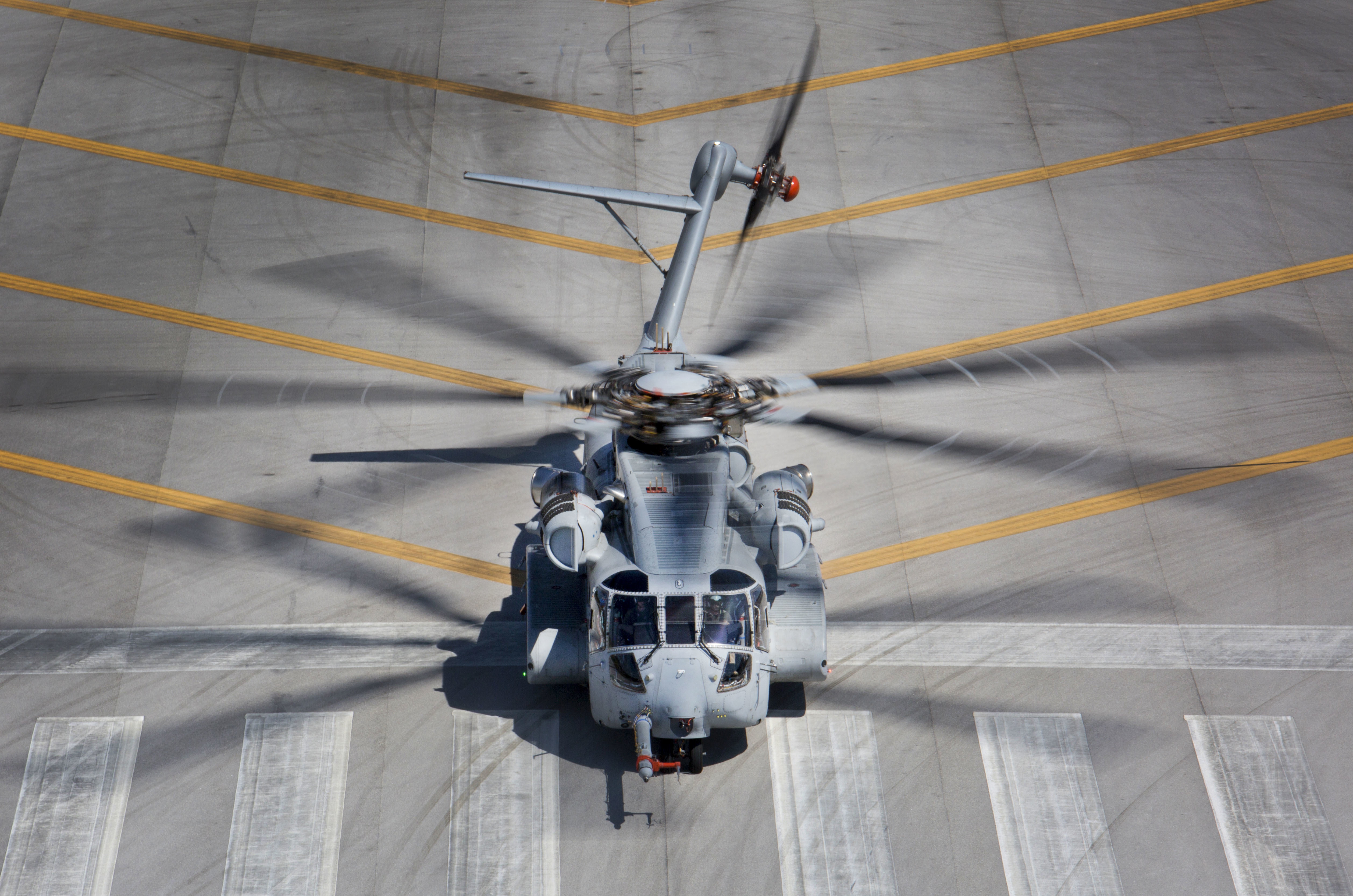By Robbin Laird
As the USMC works the transition from a primary focus on counter-insurgency operations to operations against peer competitors. A key focus of Marine Corps training is to enhance their ability to operate across the battlespace from discrete locations but to be able to concentrate fires through consolidated command and control.
At the heart of such an ability will be able to distribute force onto operating bases for a period of time, execute the mission and then to move to another location. At MAWTS-1, a key element of this effort is to worked distributed STOVL operations with USMC F-35Bs.
At a WTI event last year, the Marines worked distributed strike with F-35s supported by MV-22s. At the most recent, WTI, the F-35s were supported by C-130Js.
The effort focused around bringing in the elements to set up a temporary operating base, flying in the F-35s and then fueling and then arming them and then moving the base to another location after the F-35s left on mission.
As Colonel Wellons, then the CO of MAWTS-1 put it:
“Within the USMC, expeditionary operations are our bread and butter. In a contested environment, we will need to operate for hours at a base rather than weeks or months.
“At WTI we are working hard on mobile basing and, with the F-35, we are taking particular advantage of every opportunity to do distributed STOVL operations.
“It is a work in progress but at the heart of our DNA.
“We will fly an Osprey or C-130 to a FOB, bring in the F-35s, refuel them and load them with weapons while the engines are still running, and then depart. In a very short period of time, we are taking off with a full load of fuel and weapons, and the Ospreys and/or C-130s follow close behind.
“We are constantly working on solutions to speed up the process, like faster fuel-flow rates, and hasty maintenance in such situations.
“Of course, we have operated off of ships with our F-35s from the beginning, and that is certainly an expeditionary basing platform.
The concept of flexible or mobile basing is a key element of reshaping the USMC to be more effective in contested operations.
The F-35B is a core asset which the Marines are leveraging to do so, but the basic concept is broader than simply doing distributed STOVL operations. It is about shaping an air-ground task force and moving it around the operational chessboard to get the maximum combat effect against an adversary with tools able to put fixed locations at risk.
To do so clearly requires effective distributed C2, and ability to concentrate strike. It also requires an ability to move assets around the battlefield to consolidate force at mobile bases. The CH-53K is coming at a time where the capability of the aircraft to provide significant lift in support of various elements of the ground-air-sea team is a crucial enabler.
The ability of the CH-53K to externally lift loads at three times the capability of the current CH-53E and to deliver those loads to different forward operating bases is also a key contributor to making distributed operations more effective.
And as the Marines work with the US Navy on leveraging the sea base for a variety of combat operations, the CH-53K will be a key enabler of more effective distribution operations as well.
As I wrote in an article published March 8, 2016:
The CH-53K as a 21st century air system will add significant capability to the evolution of the amphibious fleet as well, given its capacity for much more efficient heavy lift, which can be delivered to multiple points in the battlespace, faster, and with significantly enhanced integration with the other combat assets.
The aircraft will be able to externally carry nearly three times the current load of the E and offload with much greater flexibility, safety and security.
Given its significantly improved readiness and reliability, greater sortie rates will be generated, coupled with independent triple hook capability, managing logistical throughput will significantly reduce ship to the shore transit time.
In a discussion with Marine Corps officers involved in the CH-53K program, the contribution of the K’s triple hook system to a distributed operational capability was highlighted:
Whereas the E can only do a single and dual point, the Kilo can do a single, dual and triple point.
The beauty of this capability is that we can be on an L-Class ship and pick up three independent loads. And then in one sortie, drop off those loads at three independent locations which from a logistical point of view give you much greater flexibility than we have ever had before.
The Echo was built in a former era when you brought supplies as part of a support wave; the K is being built in the age of force insertion across a distributed battlefield.
You can support three different company landing teams across the battlefield that could be supported by one ship, with three loads taken from the ship and then going to zone one, zone two and zone three without ever having to back to the ship to reload.
This saves not only transit time but exposure to threats while flying the aircraft among multiple loadings rather than loading a triple package and taking off for the area of interest. You save sortie numbers simply by being able to use the triple hook system.
Put in simple terms, the K will contribute to optimizing your capabilities for maneuver warfare.
In other words, as the Marines are augmenting their training and focus on distributed operations from mobile bases, the CH-53K is entering the force to provide a key enabler to this core capability to prevail in the context of the strategic shift.
For a comprehensive look at the CH-53K, see the following:
https://defense.info/system-type/rotor-and-tiltrotor-systems/ch-53k/


